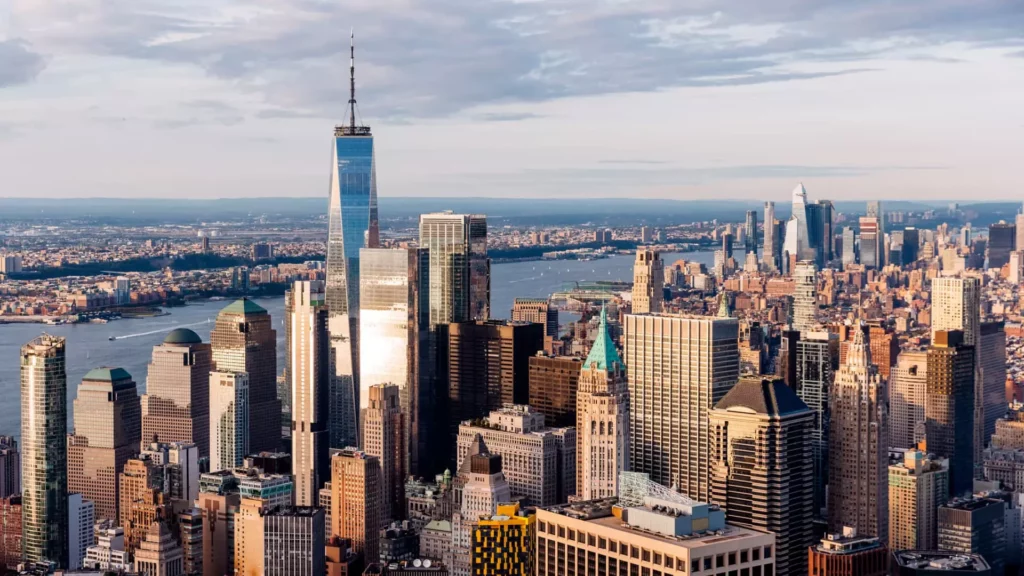![]()
When it comes to wealth and affluence, New York City stands tall as the richest city in the world. With 359,500 millionaires and 60 billionaires calling it home, the city’s financial status is unmatched. Despite concerns of wealth flight and the impact of the Covid-19 pandemic, New York’s millionaire population has seen a remarkable increase of 48% over the past decade. This surge has propelled the city’s total wealth to over $3 trillion, surpassing the GDPs of entire nations like Brazil, Italy, and Canada.
Close behind New York is the Bay Area of California, which is quickly catching up in terms of wealth and affluence. With a millionaire population of 305,700 and 68 billionaires, the Bay Area’s financial growth has been exponential over the past decade. The region’s prominence in tech, finance, and entertainment sectors has played a significant role in bolstering its wealth status. The U.S. as a whole continues to lead as the largest creator of millionaires and billionaires globally.
While certain cities like New York and the Bay Area have seen significant wealth growth, others have experienced a reversal of fortune. Tokyo, once the wealthiest city in the world, now ranks third with a decline in its millionaire population. London, another former financial powerhouse, has tumbled to fifth place due to various economic factors like Brexit and Russian sanctions. On the other hand, cities like Beijing and Singapore have seen substantial increases in their millionaire populations, indicating a shift in global wealth dynamics.
The surge in tech wealth, combined with stock market gains and pandemic fiscal stimulus, has fueled record levels of wealth creation in recent years. Financial markets, like the S&P 500 and Nasdaq, have played a pivotal role in boosting the fortunes of wealthy investors worldwide. Additionally, advancements in artificial intelligence, robotics, and blockchain technology have opened up new avenues for wealth accumulation and growth.
As the global economic landscape continues to evolve, the distribution of wealth among cities is expected to undergo further changes. While traditional financial centers like New York and London remain prominent, emerging hubs like Beijing and Singapore are gradually making their mark. The coming years are likely to see a reshuffling of the world’s wealthiest cities, driven by technological advancements, economic policies, and shifting market dynamics.
The ranking of the world’s richest cities is a reflection of the dynamic nature of global wealth distribution. While some cities continue to dominate the financial landscape, others are rapidly rising to prominence. The interplay of factors like technology, market trends, and geopolitical events will continue to shape the wealth profiles of cities around the world. As we move forward, it is essential to closely monitor these developments to gain insights into the evolving nature of global wealth accumulation and distribution.

Leave a Reply